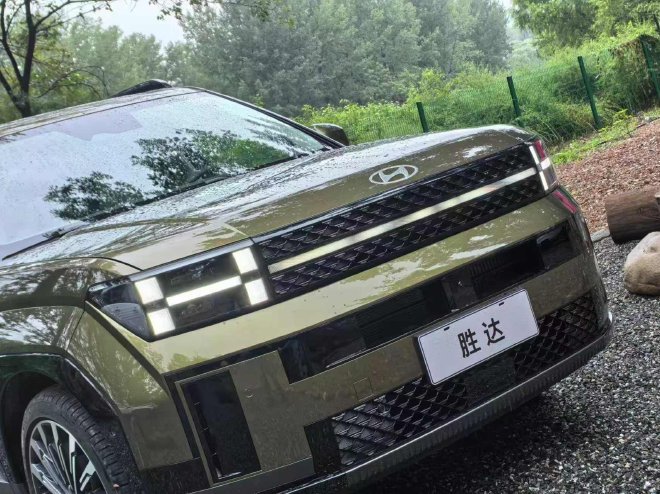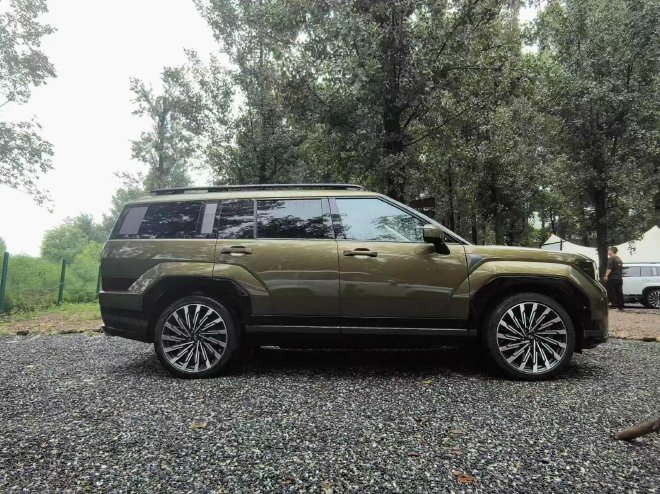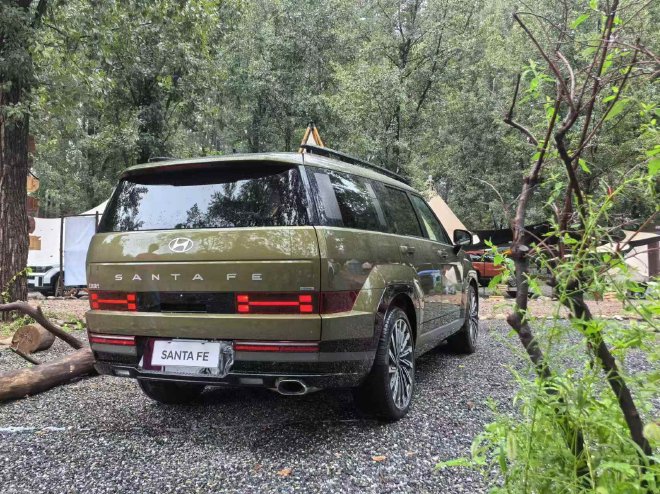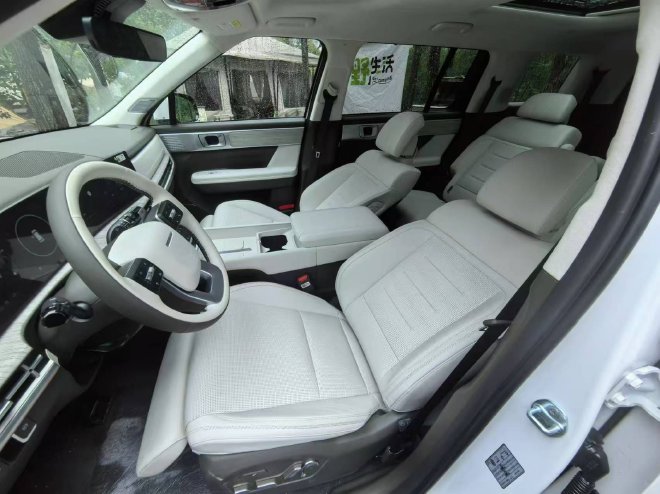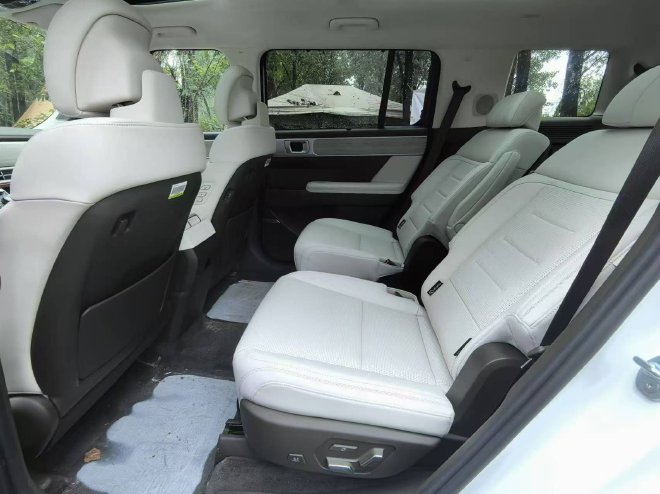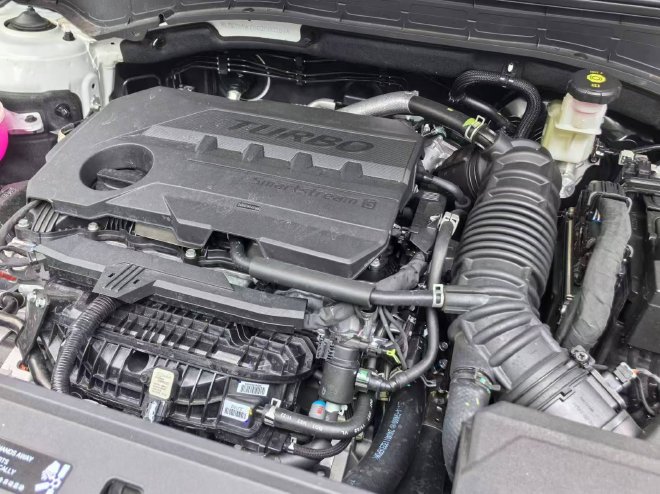While filming the fifth-generation Santa Fe, I pondered a question. The new Santa Fe from Beijing Hyundai once had a great reputation. It relied on style, quality, spaciousness, and value. In the era of popular fuel vehicles, it was a star model. Today, it’s hard to find a mainstream brand car with shortcomings. What should traditional joint venture fuel vehicles rely on to regain their footing?
First, let’s look at its competitors. In the fuel vehicle market, it faces competition from the Tiguan L and Edge L. Other popular models in the same price range include the Tank 300, Ideal L6, and Deep Blue G318. What are the highlights of the Santa Fe?
Everyone loves square boxes now. They are indeed quite square! The design blends retro and tough styles. To enhance outdoor capability, the new Santa Fe features Pirelli Scorpion tires. They are very durable.
The new car features a 2+2+2 six-seat layout and a 2+3+2 seven-seat layout. The second and third rows fold flat. The front row has two zero-gravity seats. The interior includes clever designs. It has a dual-opening armrest box and an upper-lid glove box. There are 31 storage spaces throughout.
The all-new Santa Fe excels in luxury. It features Nappa leather seats and 12 Bose surround speakers. The roof has a suede headliner. The configuration remains rich, typical of Korean cars. It includes a HUD, front dual wireless charging, an active air purification system, dual 12.3-inch screens, a 220V power supply in the trunk, seat massage, dual sunroofs, and soundproof, heat-insulating glass.
The new car features a 2.0T engine paired with an 8AT transmission. It delivers a maximum power of 247 Ps and a torque of 353 Nm. The vehicle includes an HTRAC electronic four-wheel drive system and a multi-terrain management system. For smart features, it offers L2+ level driving assistance and automatic lane changing with turn signals.

